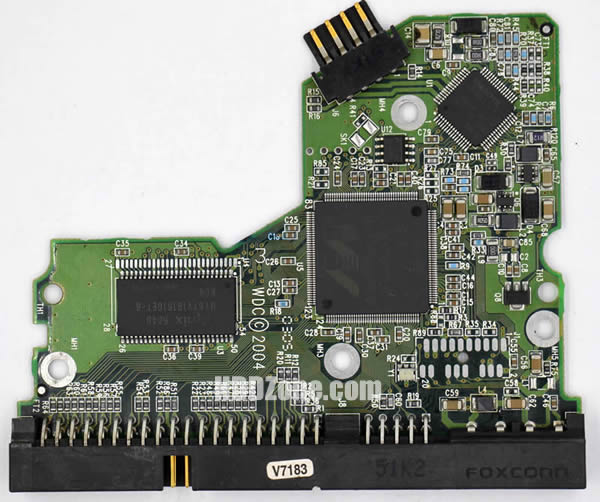To troubleshoot a failed crystal oscillator on your hard drive PCB, you can follow these steps:
1. Check for physical damage: Inspect the PCB for any visible damage or signs of burning around the oscillator. If you notice any damage, it may indicate a failed oscillator.
2. Use an oscilloscope: Use an oscilloscope to test the output of the oscillator. The output should produce a stable, consistent waveform at the expected frequency. If the waveform is erratic or absent, it may indicate a failed oscillator.
3. Test the output frequency: Use a frequency counter or multimeter to measure the output frequency of the oscillator. Compare the measured frequency to the expected frequency for your specific hard drive model. If the measured frequency is significantly different from the expected frequency, it may indicate a failed oscillator.
4. Replace the oscillator: If you have determined that the crystal oscillator has failed, you can replace it with a new one. Make sure to use an oscillator that is compatible with your hard drive's specifications.
Note: Working with electronic components, particularly when dealing with voltage, requires caution. If you are unsure or uncomfortable with performing these troubleshooting steps, it is recommended to seek assistance from a professional technician.



